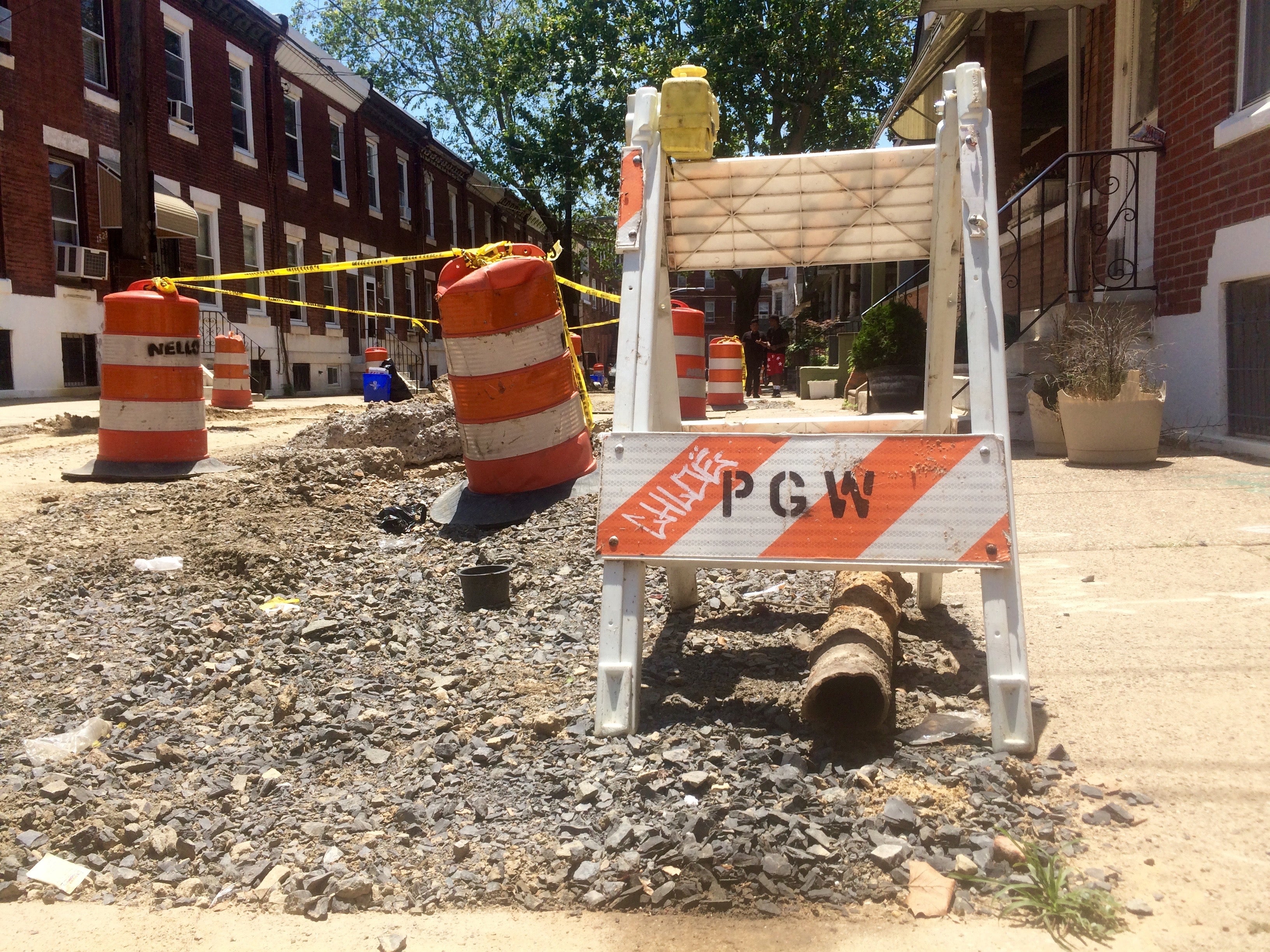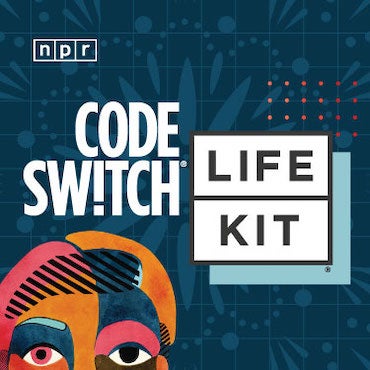Neighbors in River Wards convene panel of experts over lead poisoning concerns

Concerned by recent reports on the dangers of lead poisoning from contaminated soil, dust, and old plumbing, residents in Fishtown and Kensington organized a panel of experts to discuss ways of mitigating risks.
According to the experts, the best way to prevent poisoning is to avoid lead all together—something residents have recently discovered is easier said than done.
Children with blood lead levels greater than or equal to 5 micrograms per deciliter (μg/dL) could reduce their IQ by 5-8 points, said Kevin Osterhoudt, director of the Poison Control Center at Children’s Hospital of Philadelphia. But lead poisoning “is entirely preventable,” Osterhoudt added.
“Remove them [children] from further exposure to lead,” Osterhoudt said.
But that could be challenging. Lead is everywhere and it last for years. Even though lead-based paint is the biggest source of lead for children, the panel’s experts a recommended taking precautions against other lead sources as well, such as contaminated dust and drinking water.
“When one speaks about lead poisoning, we automatically speak about lead paint,” the University of Pennsylvania’s Richard Pepino said. “But in Philadelphia, where we already have a higher incidence compared to the nation, we just can’t be happy to say: We are addressing lead based paint. We comprehensively and holistically have to look at all lead sources that potentially can affect our children.”
Because lungs absorb lead easier than the stomach or intestines, lead dust released in demolitions of old houses with lead-based paint has proven to be a great risk, Pepino said. Osterhoudt agreed, but said eating a big chip of lead-based paint can be more dangerous for children than playing on a playground exposed to lead dust.
Lead in soil is also a problem, experts in the panel said. According to retired toxicologist Claire Gavin, little particles of lead can remain in the soil for 700 years.
The U.S. Environmental Protection Agency considers lead concentration levels above 400 parts per million (ppm) hazardous, but Pepino said that standard is now obsolete. The standard was created when 10 μg/dL was considered too high for children, he said. The new threshold is five μg/dL. States like Minnesota have a lead concentration standard of 100 ppm, he said.
“How can a federal standard be 400 and a state standard be 100?” Pepino asked rhetorically. “There’s a different level of risk there and it’s time for the federal government to belly up to the bar and drop that number.”
The gap between science and federal regulation is not that unusual. The Environmental Working Group’s national tap water database released on Wednesday found dozens of contaminants in drinking water that are technically legal but pose a health risk.
Gavin recommended visiting the website of the Philadelphia Water Department for instructions on how to prevent lead in drinking water. Gavin also emphasized that construction in the street can disturb lead service lines, which can dislodge lead particles from the pipes into drinking water.
“So if you see someone replacing a water main in the street, and they don’t happen to tell you, just go ahead and get some bottled water anyway, and drink that until they finish with the street excavation, and then call the Water Department and ask them to test your water,” Gavin said.
The Water Department offers a zero-interest loan to help residents replace lead pipes and free lead service line replacement when the water mains are being replaced. But Public Citizens for Children + Youth’s Colleen McCauley said the program is facing resistance.
“There’s confusion, there’s disbelieve, and there’s mistrust,” McCauley said.
The children’s organization is working with Penn to help the city spread its message, organizing focus groups to hear from residents about the best way to tell local residents about these opportunities.
Pepino said other important sources of lead could be imported spices, candies, toys, jewelry and cosmetics.
“Most toys that don’t go through enough screening—and I hate to pick on dollar stores—but a lot of times we look at dollar stores and I have two children up in Lancaster, both poisoned by dollar store toys because they did nothing more that play with them and suck on them.”
Pepino also recommended avoiding painting children’s nails with nail polish that often contain lead and other metals, because kids often bite their nails or remove the polish with their teeth.
WHYY is your source for fact-based, in-depth journalism and information. As a nonprofit organization, we rely on financial support from readers like you. Please give today.







